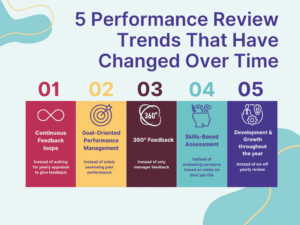TLDR
- discussing team dynamics is awkward because it makes you vulnerable as a leader
- nevertheless, the interpersonal dynamics within your team are crucial for team success
- instead of ignoring the topic, structure the discussion by implementing rituals
- as a leader you are the master of ceremony, streamlining these team rituals and creating a space for depth & emotions

Product, people, process
Just like marketing has his 5 P’s (Product – Price – Place – Promotion – People), teams also have some P’s, only slightly less: Product, People, and Process
- Product: what we need to deliver with the team, the actual final product of our teamwork
- People: the types of skills and the total amount of people we need in the team to deliver the product
- Process: the way the team works together to deliver the product, the team dynamics
In general, we are very busy with the product, we try to pay enough attention to people, but focus a lot less on process. It’s no surprise that process often falls short. It’s the aspect of leadership where people feel the least comfortable with.
Managing the product, keeping an eye on the KPI’s, making sure we deliver results – as these are the basics of leadership development, we got that covered. Managing the people, making sure employees are motivated, focussing on individual development – slightly outside the comfort zone, but we do see organisations putting a lot of effort in developing people managers. Managing the process, keeping an eye on the underlying team dynamics, having the courage to address interpersonal issues – this requires a completely different skillset. Technical processes, we can manage. But discussing the processes between people, the underlying team dynamics, we find this very awkward.
Why is it so important to discuss team dynamics?
It’s always tempting to simply ignore the things that make you feel awkward or uncomfortable. Unfortunately, the underlying dynamics in your team are too important to ignore, since they impact both the well-being and the functioning of your teams. With teams being the backbone of every productive organisation, the underlying team dynamics such as giving feedback and embracing failure and conflict play a crucial role in the success of those teams.
Rituals to take away the awkwardness when discussing team dynamics
Implementing small team rituals can help you take away the awkwardness in discussing team dynamics. As purposeful interaction scripts, rituals structure the discussion and make it less risky for participants to speak up. Following a fixed pattern, a ritual is set up in the same way for everyone. A check-in for example states: for the next 5 minutes, everyone in this meeting gets a chance to speak up and share how they feel, without being interrupted or judged. This predictability diminishes vulnerability since everyone is in the same boat.
Team leader as a Master of Ceremony
Of course, we can’t expect these team rituals to happen spontaneously. This is why, as a leader, you have to take up the role of Master of Ceremony. It might sound fancy, but it’s actually pretty simple. Just like a priest at weddings or funerals, a corporate master of ceremony takes it upon himself/herself to streamline the team rituals and create a space for depth and emotions.
By explicitly taking up the role as master of ceremony, you make the situation less personal. It’s no longer about you, it’s about the ceremony. Removing the personal aspect will make it less awkward for you as a leader to prompt the subject of team dynamics. At the same time, your team will be grateful to you, since you make it easier for them to speak up.
As a leader, you can keep pushing the product and the people but if you don’t manage your process, if you don’t tackle those underlying team dynamics, your team will suffer. Take up your role of master of ceremony and be brave enough to tackle that soft side, because it’s the glue that keeps your teams and thus your organisation thriving.



